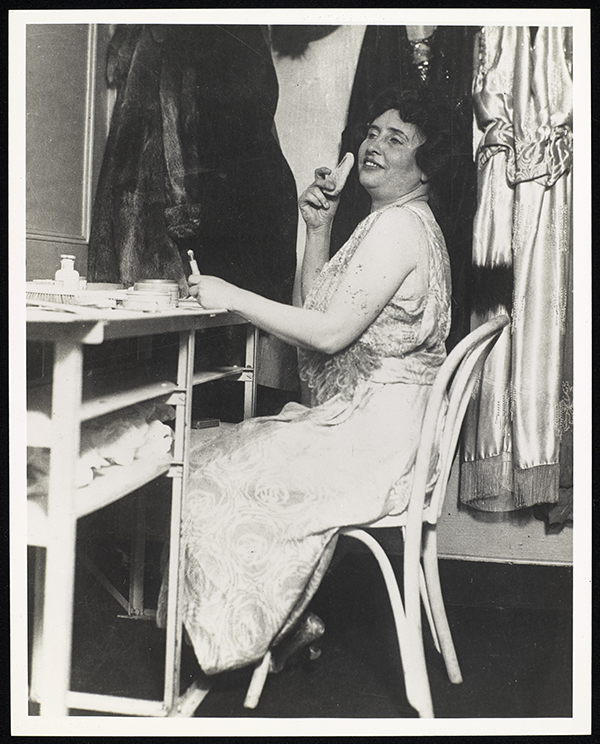
On June 15, the American Foundation for the Blind will be honoring Netflix with a Helen Keller Achievement Award for its work to broaden access to television shows, documentaries, and feature films on its streaming service.
Netflix has added over 3,500 hours of described content (learn more about video description) since launching its first audio described title over two years ago—Marvel’s Daredevil, a show about a blind superhero—and is committed to increasing the number of audio-visual translations for TV shows and movies to ensure all Netflix members are able to enjoy the stories they love.
Helen Keller was an avid participant in and contributor to popular culture. In the 1920s, she and her teacher, Anne Sullivan, spoke on the vaudeville circuit. They went on tour, giving lectures and performing in shows that featured drama, comedy, and music. Helen enjoyed the glamorous lifestyle, unlike Anne, who found it tiring.
In 1918, Helen and Anne traveled to Hollywood to make the movie "Deliverance," a silent movie about Helen's life. In the film, Helen and Anne starred as themselves. While on the west coast, Helen had the opportunity to meet many famous movie stars, such as Charlie Chaplin.

You may wonder how Helen was able to appreciate Chaplin's movies. A newspaper article from 1921 describes Helen enjoying a special showing of one of his hit movies via on-the-fly, hand-spelled descriptions provided by her teacher, Annie.
On one side of Miss Keller sat her tutor Mrs. Annie Sullivan Macy. On the other sat her mother, Mrs. Arthur Keller. As the film unrolled smoothly in the action of “The Kid,” Mrs. Macy touched with her finger-tips Miss Keller's hand. The swift tatto [sic] of fingers kept pace with the action of the play. And Miss Keller laughed delightedly at the comedy that unrolled before her.
"Wonderful,” she said.
These days, viewers who are blind or visually impaired don't have to rely on a sighted friend or family member's descriptions to enjoy popular culture. The adoption of audio description for many of Netflix’s most popular titles has created a more inclusive environment and opened up entertainment choices for viewers with vision loss. In addition, Netflix has made its website and mobile apps accessible to those who use VoiceOver and screen-reading software.
We look forward to celebrating Netflix's achievements in making popular culture accessible to people with disabilities next week, at the 21st annual Helen Keller Achievement Awards!